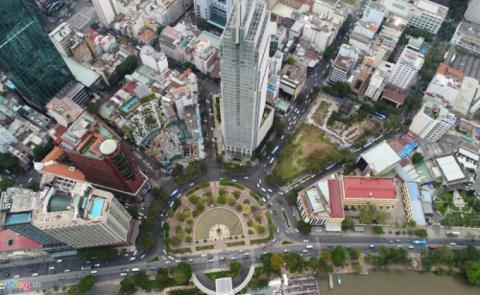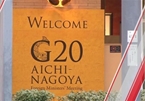Addressing the mobilization and use of resources in economic reform in Vietnam, Nguyen Dinh Cung, former head of the Central Institute of Economic Management (CIEM), said if Vietnam can use resources effectively, it would be able to gain GDP growth rates of 9-10 percent per annum, the rates that Japan and South Korea gained in their economic take-off period.

Bui Trinh, a respected economist, said the current policies are unreasonable.
The import/export policy, which aims to help domestic production, supports foreign invested enterprises (FIEs) because Vietnam is mainly an outsourcing economy.
In the last 10 years, exports led the production increase by 12 percent, but its effect on added value in GDP decreased. The concern is that imports have increased sharply by 52 percent.
The trade deficit reached its peak in 2008 with $18 billion. Imports for FIEs are mostly machines, equipment and materials, while exports are mostly outsourced products with low added value.
| In 2000-2015, FIEs enjoyed a trade surplus, while the domestic sector witnessed z trade deficit. FIEs’ export proportion increased rapidly from 57 percent to 67 percent, but its contribution to the added value in GDP has only risen by 3 percent over the last 10 years. |
In 2000-2015, FIEs enjoyed a trade surplus, while the domestic sector witnessed z trade deficit. FIEs’ export proportion increased rapidly from 57 percent to 67 percent, but its contribution to the added value in GDP has only risen by 3 percent over the last 10 years.
The policy on attracting FDI is considered unreasonable. FIEs now enjoy more investment incentives than Vietnamese firms.
According to GSO, in 2011-2016, FIEs had higher pre-tax profit than the non-state economic sector by 181 percent. Meanwhile, the tax amounts paid by FIEs were just equal to 81 percent of non-state economic sector.
Taxes include direct and indirect taxes. Indirect tax, by nature, is not the tax paid by FIEs to the state budget, but paid by Vietnamese when consuming the products of FIEs. The tax which doesn’t include indirect tax paid by FIEs is just equal to 51 percent of the non-state sector.
The use of the other two major resources – capital and labor – is also ineffective.
Vietnam’s productivity is just higher than Laos and is very low compared with other regional countries. The capital is borrowed for spending and investment, but the investments cannot bring high efficiency.
The state-owned economic sector receives many incentives, but they take losses. Many of them have negative stockholder equity, while thousands of hectares of land allocated to the enterprises have been used ineffectively.
Mai Lan

New FTAs put pressure on VN to reform business practices
New-generation Free Trade Agreements (FTAs) are expected to help Viet Nam become more competitive if the country reduces trading costs and improves its business environment, experts said on Tuesday at a conference in HCM City.

Vietnam calls for stronger global governance reform
Vietnamese Deputy Minister of Foreign Affairs Bui Thanh Son has called on countries to speed up global governance reform, firstly multilateral institutions, in order to effectively deal with global issues.
 Vietnam’s resources are scarce and are not being used efficiently, experts say.
Vietnam’s resources are scarce and are not being used efficiently, experts say.